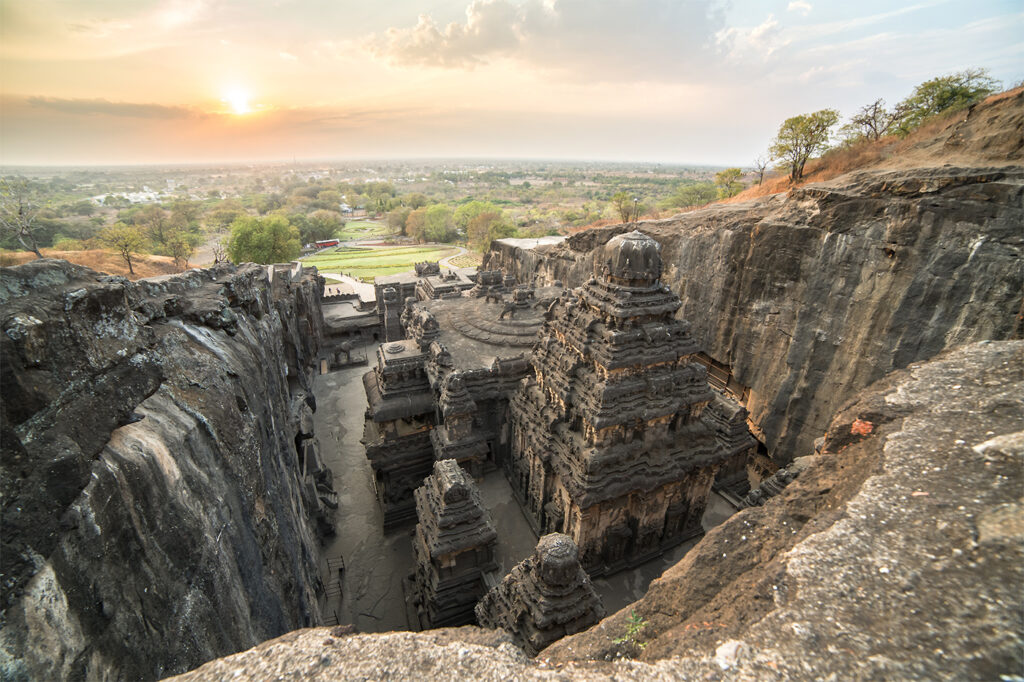
Nijjar killing row: Is Canada afraid of Indian media?
Amid the ongoing diplomatic row between India and Canada, the Canadian government’s Foreign Interference Commission in a report highlighted the Indian media outlets and their massive reach in the context of Hardeep Singh Nijjar, the Khalistani separatist leader who Ottawa has accused New Delhi’s agents of killing.
The report stated that the Indian media – especially those outlets perceived as being aligned with Prime Minister Narendra Modi – highlighted several narratives that targeted Canadian Prime Minister Justin Trudeau, Canada’s High Commissioner to India, Canada’s national security agencies, Canada’s Punjabi Sikh diaspora, and Nijjar’s political beliefs.
The report by the Canada’s Foreign Interference Commission was published in September this year.
“The report examined websites and US-based social media platforms to surface relevant English language content to assess potential Foreign Information Manipulations and Interference (FIMI) related to India, honing in on a set of 100 accounts across Twitter, Facebook, and YouTube that are frequently described as ‘Godi’ media (i.e., media outlets or personalities that are perceived as mouthpieces for the ruling Bharatiya Janata Party (BJP) and current Indian Prime Minister Nerandra Modi),” it stated.
The media outlets backed by PM Modi are quite popular with domestic Indian audiences as well as the diaspora communities abroad.
While defending its stance, the report stressed that Canada’s low subscriber numbers of media outlets in comparison with Indian media create a “distinct advantage” in “amplifying negative narratives” about Canada and its position on Nijjar’s killing.
“It is very likely that both Canadian and global audiences who follow international news events were exposed to Modi-aligned narratives, themes, and stories on social media platforms,” it added.
Narratives shared about Indian media’s involvement
The report quoted Indian media agencies portraying “Canadian diplomats as haughty”.
“In a popular post from ANI, High Commissioner Cameron MacKay leaves the Ministry of External Affairs building without taking questions from a reporter on the scene. Some commentators claim MacKay may have injured the journalist as he closed the embassy vehicle car door. The video received high levels of engagement (16.3K likes, shares, etc.) and was viewed over 2.1M times,” the report stated.
According to the report, some of the commentators made direct pleas to Canadian parliamentarians to “eliminate alleged threats to the Indian state”.
“The founder of the fringe ‘The Frustrated Indian’ media outlet, tagged Opposition leader Pierre Poilievre on Twitter, requesting that he neutralise the Khalistanis immediately after becoming the Prime Minister because if you don’t, you won’t have a country. All the best in advance,” the report read.
Watch | Five Questions for India Hater Trudeau
Meanwhile, some of the claims by the Indian media, as per the report, also stated that PM Trudeau is “inventing the incident to score political gains” and “satisfying the constituents who support the Khalistan movement”. The commentators claimed the incident was a “brazen local political gimmick” at the cost of “assaulting another nation’s sovereignty,” the report read.
Hardeep Singh Nijjar’s case explained
In June 2023, Khalistani separatist leader Nijjar was shot and killed by two masked individuals outside a Gurudwara in Surrey. Later in September, Canadian PM Trudeau blamed India and said that there were “credible allegations” of a “potential link” between agents of India’s government and Nijjar’s murder.
However, the Indian government rejected these allegations as “absurd” and “motivated” and alleged Canada was a supporter of Khalistani “terrorists”.
Further, Trudeau clarified, saying that he was not trying to “provoke” or “escalate” the conflict, adding that Canada sought cooperation with India.
Rapid Response Mechanism Canada stated that its analysts will continue to observe the information space for new developments on this topic.
What’s currently happening?
Earlier this week, on Wednesday (Oct 16) while testifying before the Public Inquiry into Foreign Interference in Federal Electoral Processes and Democratic Institutions in Ottawa, Trudeau had admitted that his government did not have hard evidence against India when the allegations about New Delhi’s involvement in Nijjar’s death were made.
“Canada asked India to cooperate. Their (India) ask was for proof. We asked for Indian security agencies to investigate further and cooperate with us. Because at that point what we (Canada) had was intelligence,” Trudeau said.
“Their [Indian government] ask was how much do you know? Give us the evidence you have on this and our response was well…it’s within your security agencies, you should be looking into how much they know. You should be engaging,” the Canadian PM said.
“At that point, it was primarily intelligence and not hard evidentiary proof. So we said, let’s work together and look into your security services and maybe we can get that out,” he added.
Hours after Trudeau’s testimony, the Indian foreign affairs ministry blasted the Canadian PM calling out his “cavalier attitude”, and said, “What we have heard today only confirms what we have been saying consistently all along — Canada has presented us (India) no evidence whatsoever in support of the serious allegations that it has chosen to level against India and Indian diplomats.”
“The responsibility for the damage that this cavalier behaviour has caused to India-Canada relations lies with Prime Minister Trudeau alone,” the statement added.
(With inputs from agencies)





Responses